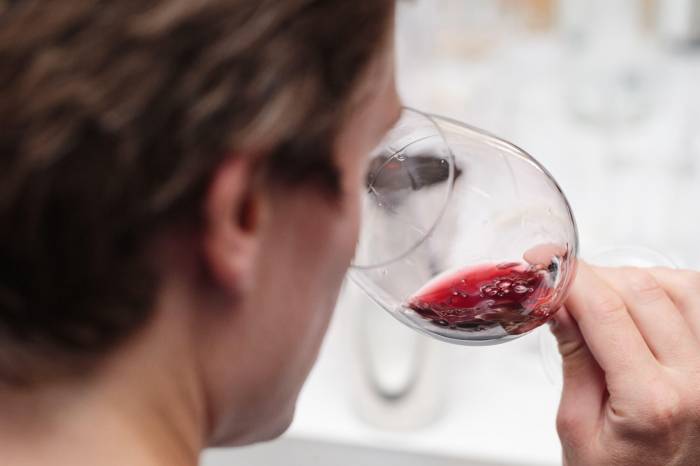Burgundy winemakers launch web series to address rising Brettanomyces contamination in cellars
New initiative shares practical cleaning and monitoring techniques as region adapts to persistent wine spoilage threat since 2018
2025-09-01

Burgundy winemakers are taking new steps to combat Brettanomyces, a yeast that can spoil wine and affect its quality. The Bureau Interprofessionnel des Vins de Bourgogne (BIVB) has launched a web series called “Vigilance Bretts” to share practical advice from winemakers on how to prevent this contamination in their cellars and wines. The series is being released weekly on the BIVB’s LinkedIn, Facebook, and Instagram pages, with seven episodes scheduled through mid-October.
The initiative comes after a noticeable increase in Brettanomyces issues since the 2018 vintage. Charles Gehin, an oenologist featured in the teaser for the series, explained that since then, any estate can be affected by this spoilage yeast. He emphasized that there are now enough analytical tools and winemaking methods available to help prevent the spread of unwanted phenols caused by Brettanomyces.
In the first episode, Clémentine Audureau from Domaine Naudin-Ferrand discusses her cleaning protocols for barrels. After an audit before the 2024 harvest, she found that steam produced by a Barriclean machine must reach at least 70°C for ten minutes to disinfect the wood thoroughly, as Brettanomyces can penetrate up to six millimeters deep. She follows this with a cold water rinse to create a thermal shock and remove tartar deposits.
Paul Berger from Domaine Berger-River describes his method for preparing barrels before filling. He applies 200 milliliters of isopropyl alcohol across the barrel’s surface using a wide-angle nozzle. This affordable process takes about ten minutes for 35 barrels, followed by a 20-minute wait before rinsing and swelling the barrels with hot water.
Each episode concludes with scientific insights from Angélique Matéo, a microbiologist at IFV Beaune. She explains that Brettanomyces can form biofilms on winemaking equipment, making it up to 1,000 times more resistant to standard cleaning and disinfection procedures.
The following episodes will cover topics such as bioprotection during harvest and pre-fermentation phases, controlling Brettanomyces after alcoholic fermentation and during malolactic fermentation starts, monitoring yeast populations at key moments, and preparing for bottling while minimizing contamination risks.
This web series reflects a shift in Burgundy’s approach to Brettanomyces management. Instead of aiming for complete elimination, winemakers are now focused on living with the risk by adopting strict hygiene practices and regular monitoring. The BIVB hopes that sharing these field-tested methods will help producers across the region protect their wines and maintain quality standards.
Founded in 2007, Vinetur® is a registered trademark of VGSC S.L. with a long history in the wine industry.
VGSC, S.L. with VAT number B70255591 is a spanish company legally registered in the Commercial Register of the city of Santiago de Compostela, with registration number: Bulletin 181, Reference 356049 in Volume 13, Page 107, Section 6, Sheet 45028, Entry 2.
Email: [email protected]
Headquarters and offices located in Vilagarcia de Arousa, Spain.